9 Most Interesting Facts About Victorian Houses
-

- Last updated:
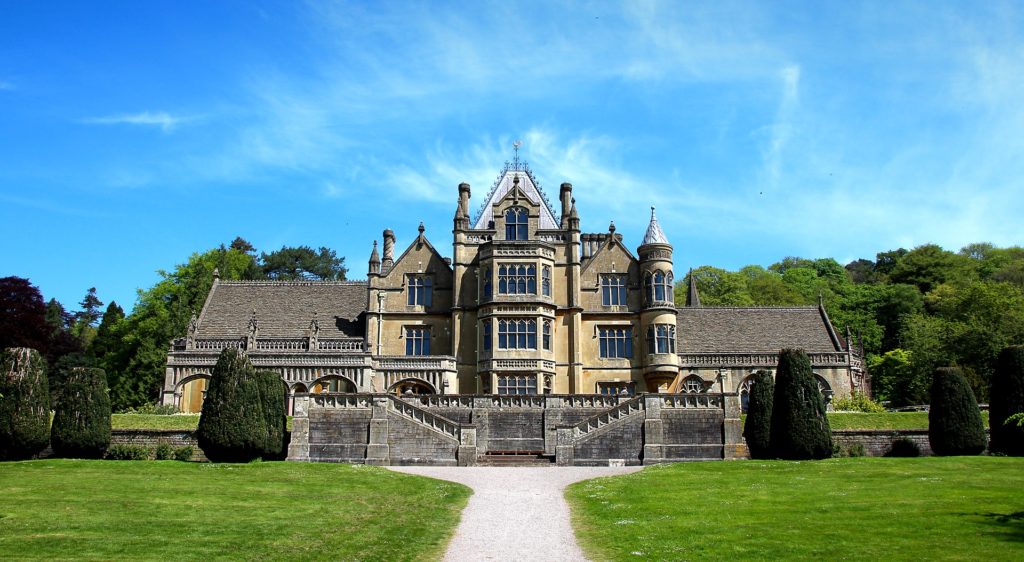
Victorian houses are some of the most unique looking homes in America, but they can be found in England and Europe as a whole. These houses are known for their asymmetrical design and their ornate fashion.
Aside from being old, not many people know what Victorian houses entail or what makes them extraordinary. The Victorian home is truly one of a kind and deserves a lot of recognition and historical revitalization.
To learn more about Victorian houses, keep reading. This article tells you the nine key facts about Victorian houses, including where they are located, their architectural designs, and interior fashion. Scroll down for more.
 What Is a Victorian House?
What Is a Victorian House?
Before diving into some of the most interesting facts about Victorian houses, it’s important to understand what a Victorian house is.
Victorian houses were houses built between 1837 and 1901 during the reign of Queen Victoria of England, after which these houses are named. This period is referred to as the Victorian Era.
The Victorian house gets its own title because it has a unique appearance that was popular at the time. It is believed that the Victorian house became so popular because financial stability and economic booms happened underneath Queen Victoria’s reign, resulting in more decadent styles.
In other words, a Victorian house is a very specific type of house. It is a house built during a specific time in history with particular stylistic choices. Today, Victorian styles are still popular and inspire other houses, although these houses are not true Victorian homes.
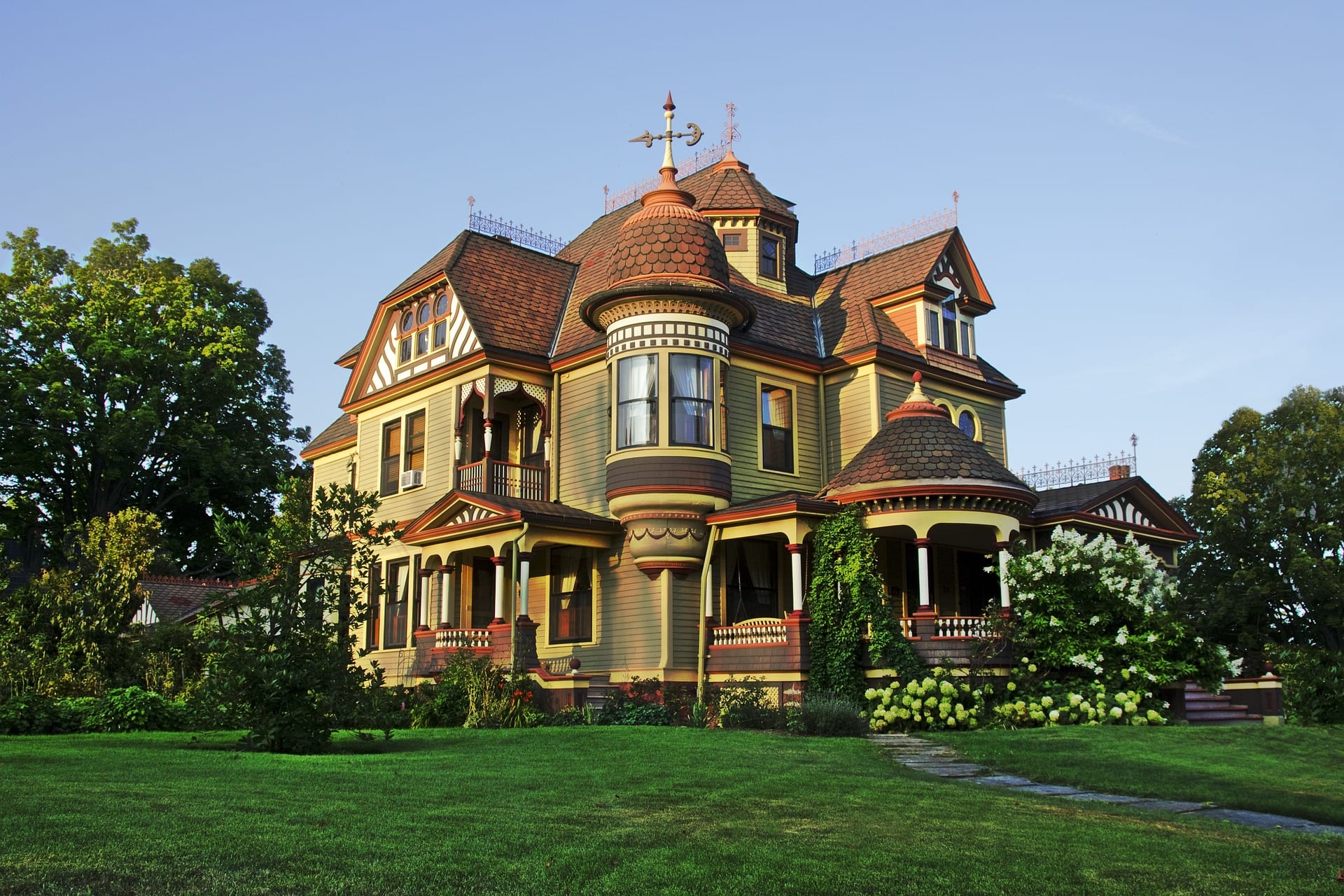
The 9 Most Interesting Facts About Victorian Houses
1. Victorian homes go beyond England.
Even though Victorian homes specifically reference Victoria, the Queen of England, Victorian styles can be found throughout the western world. America, for instance, loved the Victorian style as well, especially its gothic flares.
If you go up to the New England area in the United States, you can find many Victorian homes. This is because even though America was its own country, England still set a lot of the stylistic norms for the culture.
2. Victorian homes have asymmetrical shapes.
Unlike most classical styles, Victorian houses loved asymmetric shapes. Asymmetric shapes are those that don’t match exactly. Because Victorian homes included a lot of asymmetrical designs, the houses themselves do not always have symmetry. Porches especially were known to be asymmetrical.
Often, the asymmetry was shown off by using steep roofs, called a gable. These gables served as a decorative wall from the outside. Gables were so important in Victorian times that they inspired artwork, including Nathaniel Hawthorne’s novel The House of the Seven Gables. The actual house can be seen in Salem, Massachusetts.
More so, different columns, shingles, and siding were typically very textured with a lot of decoration.
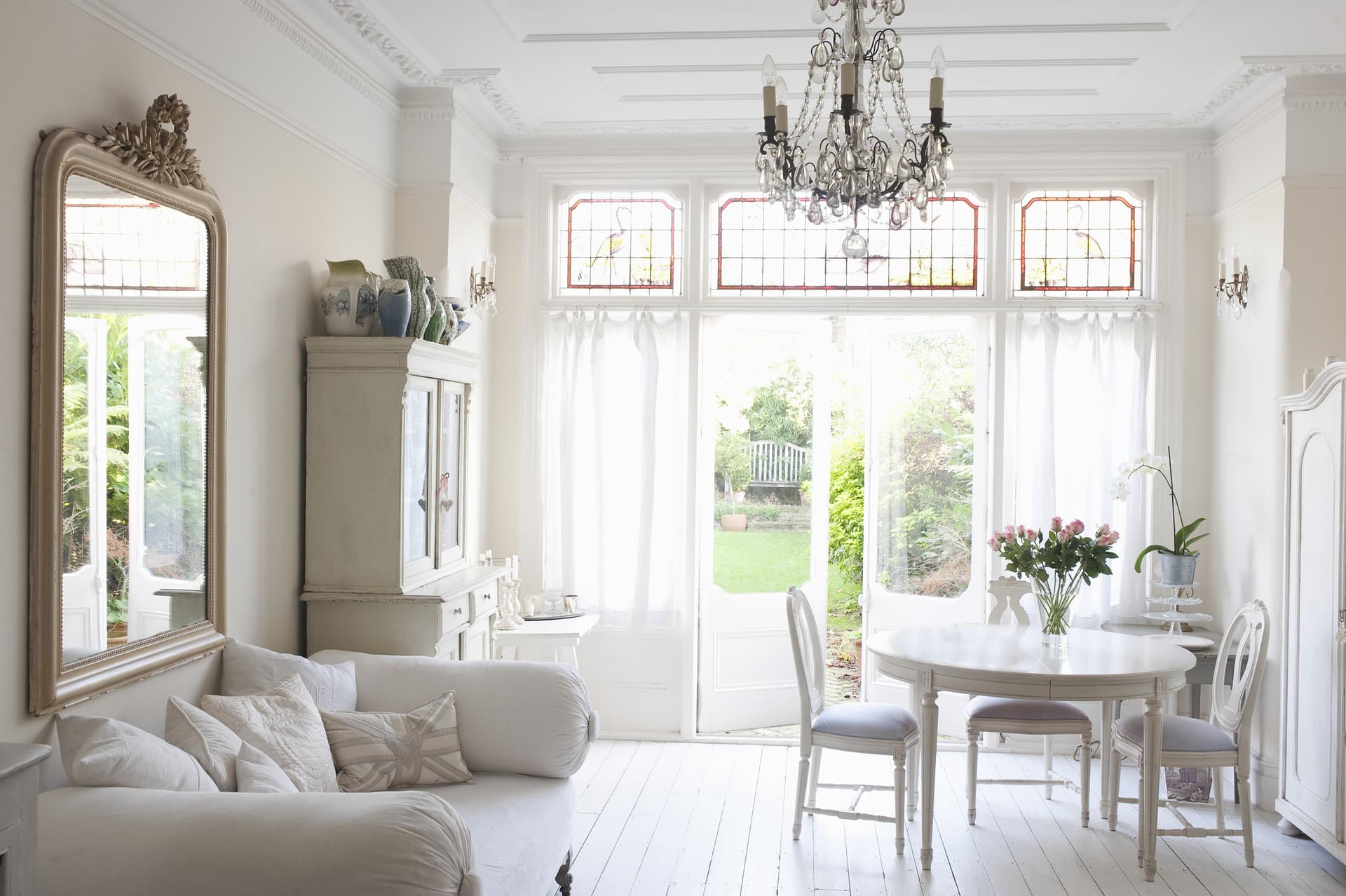
3. Victorian homes included a lot of other architectural styles.
Something that’s unique about Victorian houses is that they incorporated a lot of other styles into a single home. Often, you could find gothic, classical, and even Edwardian styles all in the same home.
The whole purpose of the Victorian house was to represent the creator and the person who lives inside. Because of this fact, it was more important for the Victorian home to please the creator and owner than to have a cohesive look.
4. Gothic styles were highly popular.
Still, there was a huge gothic revival whenever Victorian houses were starting to be constructed. As a result, a lot of Victorian homes have huge gothic influences. Gothic architecture impacted the Victorian era so much that its own gothic style was named Gothic Revival or Victorian Gothic.
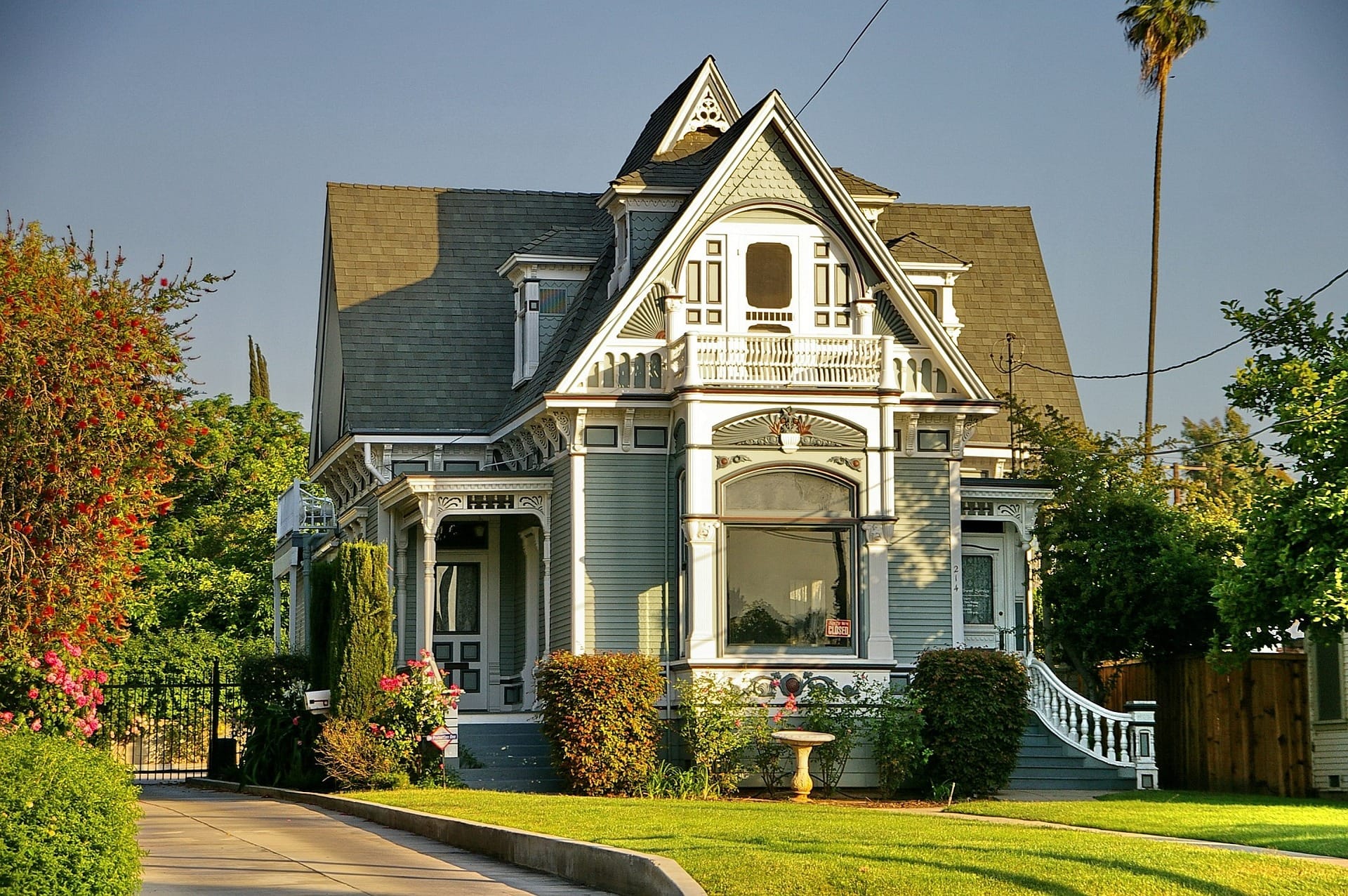
5. The interior of Victorian houses was more cohesive.
Although the exterior of the Victorian house was a hodgepodge of various architectural styles, the interior of the Victorian home often looked much more cohesive. Women often decided to style their Victorian houses based on Italian renaissance styles and medieval styles.
Bric-a-brac especially became popular as little knick-knacks in Victorian homes. The reason for this is that Victorian interior design included plenty of intricate features and additions. People used mirrors, fireplaces, chandeliers, and other expensive items to decorate the house’s interior.
In many ways, interior design during Victorian times is practically the opposite of today’s design. Whereas minimalism is all the rage today, Victorian interior design was supposed to be flashy and ornate.
6. Bright colors were popular too.
While many Victorian homes used a muted palette, some Victorian homes used bright colors. Both the outside of the house and the inside of the house included different colors to accentuate the ornateness and design of the home.
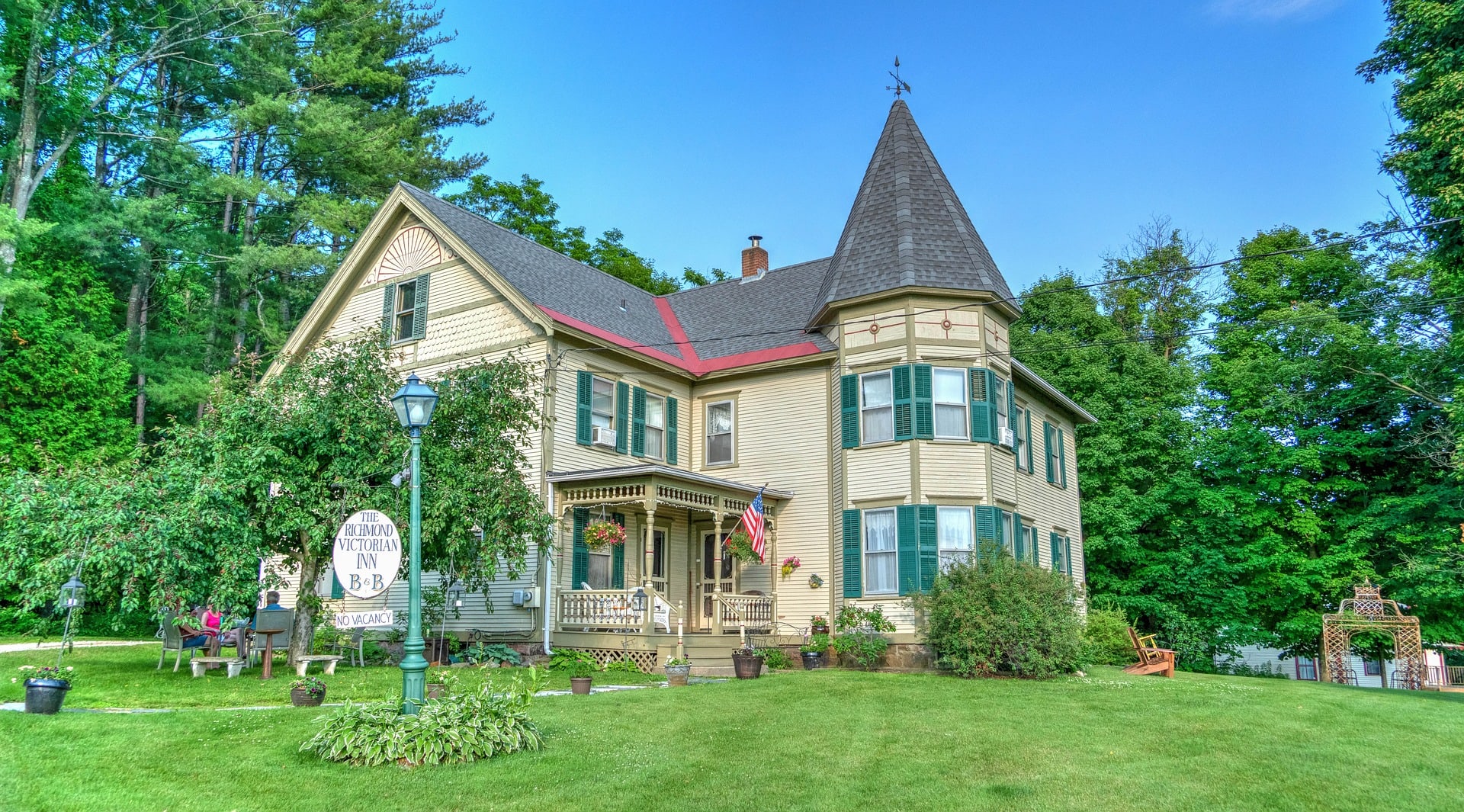
7. Victorian homes were some of the first to have “modern” luxuries.
Although not all houses during the Victoria era had modern luxuries, houses designed specifically with the Victorian flair did. So, Victorian homes were some of the first to have access to cold and hot water, lights, additional facilities, and clean facilities.
Between the boom in economic stability and scientific revolutions, Victorians were able to see massive technical advances being made and afford to put them in their homes.
8. Victorian homes on the West Coast are sometimes called “Painted Ladies.”
Victorian houses, as we learned above, spread far beyond just England. On the West Coast, especially in San Francisco, there were many Victorian-style homes. These Victorian style homes in San Francisco are often referred to as the “Painted Ladies.” If you have seen the intro to “Full House,” you have seen a row of Painted Ladies!

9. Historical societies preserve Victorian homes.
Because Victorian homes are so old and show a unique look at history, there are a lot of historical societies that preserve Victorian homes. Today, most Victorian homes are treated as museums, which means they receive great care from experts and enthusiasts.
You can learn all about different historical societies at preservationdirectory.com. This site can connect you to a variety of different historical organizations and resources, including revitalization organizations and government-funded programs.
Can I Build My Own Victorian House?
No matter what home you build today, it can’t truly be a Victorian house. Since the 19th century has long passed, the house you build is not a true Victorian.
However, you can design your own home with Victorian flares. If you want to build your own Victorian-styled home, focus on asymmetry, ornate interior designs, and incorporate various medieval and renaissance styles into both the exterior and interior of the home.
If you decide to go with the Victorian interior style, it will look very different from most modern homes today.
There are ways to incorporate subtle Victorian styles into a modern home, though. For example, asymmetrical designs and the occasional gold furnishing can be a nod at the Victorian style while still looking modern.
Related Read: 13 Home Staging Statistics and Facts
Conclusion
We hope you have enjoyed learning more about Victorian homes. These homes are loved and cherished by people worldwide, to the point that historical societies are preserving these houses. They pulled from a variety of medieval and renaissance art and architecture sources to create one-of-a-kind homes with modern luxuries.
Next time you travel around the US or in Europe, see if there is a historical Victorian home for you to visit.
Featured Image Credit: Pixabay
Contents
 What Is a Victorian House?
What Is a Victorian House?